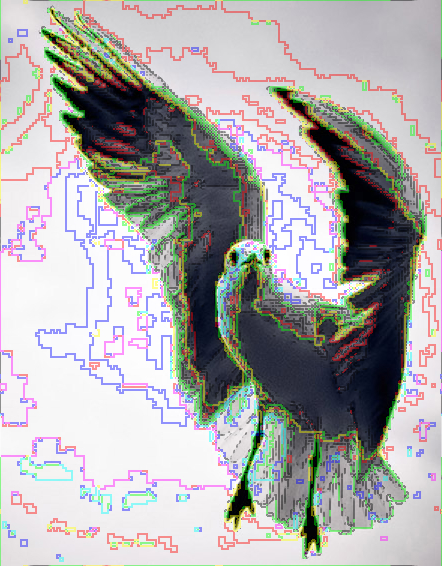H5N1 threat reviewed
 Australia is bracing for the potential arrival of the H5N1 bird flu strain this year.
Australia is bracing for the potential arrival of the H5N1 bird flu strain this year.
The H5N1 variant, distinct from the H7 strain currently affecting poultry and egg production, has caused significant damage to wildlife globally.
Ecologists are raising alarms about the virus arriving in Australia with migrating birds from Asia, possibly as early as this spring.
In May 2024, the WHO notified of a suspected case of human A(H5N1) avian influenza (HPAI) in Melbourne - the first confirmed human infection caused by H5N1 detected and reported by Australia.
H5N1 avian influenza has led to mass die-offs of wildlife on every continent other than Australia.
Devastating effects have even been documented in Antarctica, where it has killed various species including Adélie penguins and southern elephant seals.
The impact of H5N1 on seabirds in South America has been severe, with over 650,000 deaths since 2022. Predators such as sea lions and southern elephant seals have also been heavily affected. Australia’s small and unique animal populations could face similar risks.
If the virus gets into Australia’s highly endangered or critically endangered bird species, it is likely to have very severe consequences for them and their survival.
In North America and South America, mammal-to-mammal transmission of H5N1 has been reported in cattle and sea mammals. However, these are largely context-specific cases and the virus remains primarily avian.
In the Netherlands and Belgium, removing dead birds before predators can consume them has reduced mammal fatalities by 80 per cent. Similar strategies are part of Phillip Island Nature Parks' contingency plans. Some are calling for a national task force to develop localised response plans across Australia.
The Department of Agriculture, Fisheries and Forestry (DAFF) has released information for managing high-risk bird flu strains and recommends reporting dead birds to the Emergency Animal Disease Hotline.
As Australia prepares for the potential arrival of H5N1, experts agree that awareness, early detection, and a coordinated response will be crucial in mitigating the impact on the nation’s unique and vulnerable wildlife.







 Print
Print